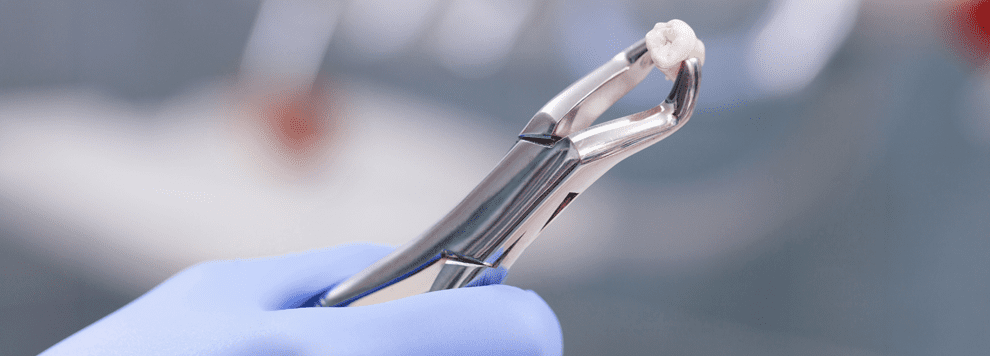The third and final set of molars, more commonly called as wisdom teeth, can be harmless to some and knotty to others. This is why wisdom teeth need not necessarily be removed, unless it is impacted and begins to cause infections and troubles. During late adolescence, the appearance of impacted wisdom tooth is associated with oral pain alongside other issues such as gum disease, tooth decay and more. This is when dentists recommend wisdom teeth removal. Learn more about the procedure below:
Prepare yourself:
When it comes to wisdom teeth removal, sedation is not always necessary. If you want the process to be painless, you can get local anaesthesia administered. If that’s the case, you have to make some preparations ahead of the procedure such as getting help from family or friends to accompany and bring you to the clinic and then back home after surgery.
Why Removal of Impacted Wisdom Teeth is Necessary:
Here’s a list of the major reasons why impacted wisdom tooth is imperative:
- Tooth Decay: Wisdom teeth can instigate tooth decay. And when tooth decay subsequently develops, it creates cavities and leaves holes in the tooth and can affect the neighbouring tooth.
- Gum Disease: When plaque releases toxins, it can irritate your gums and can also cause gum disease. This can also affect the surrounding teeth and the bone around the wisdom teeth as well.
- Cellulitis: Wisdom teeth can also lead to infections in the tongue, throat and cheek.
- Others: Other reasons include abscess, pericoronitis, cysts and benign growths.
Procedure:
- On the day of the procedure, you would be initially given local anaesthesia to minimise pains and maximise comfort. Wisdom teeth removal procedure is provided in a safe and comfortable environment. It takes about 30 to 60 minutes for the procedure to complete. A few X-Rays might also be taken for assessment.
- The gum tissue that is covering the wisdom teeth will be removed. This makes the tooth accessible for removal. If the tooth is covered by bone, then a specialised drill will be used to remove the same.
- Once the impacted wisdom tooth is accessed, it shall be loosened and readied for removal. By using certain instruments, the tooth extraction process is conducted and it will be removed from the tooth’s socket.
- Once the wisdom tooth removal is complete, the dentist will use few stitches to close the area where the tooth was present. This is done when the wisdom teeth are surgically removed and they would heal over time.
- The dentist will also provide useful post-operative instructions and recovery tips that must be followed to minimise the risk of infections and other hassles.
In certain cases, the tooth must be cut into several pieces before having them removed. This requires making a cut in the gum as well.
If you have an impacted tooth and encounter problems such as infections and pains, deal with a dentist to avail the wisdom teeth removal procedure.

